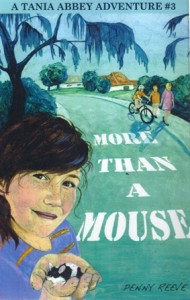What makes a good children’s book?
 Children’s books are some of the most beautiful and nostalgic items on a book shelf. But the definition of what makes a good children’s book is often harder to pin down than a flea escaping the circus.
Children’s books are some of the most beautiful and nostalgic items on a book shelf. But the definition of what makes a good children’s book is often harder to pin down than a flea escaping the circus.
Some people think a good children’s book needs to contain a good lesson. This is probably because kids books have traditionally been held close to the idea of ‘education’. Lessons about life, friendship and even faith are ‘taught’ by means of children’s books. Sometimes these lessons are subtly placed and woven skillfully to be part of the narrative flow. Other times they appear weighty and moralistic as if the story is simply dress up for the teachable content.
Some people believe a good children’s book is one that can be enjoyed by all ages. C.S.Lewis has been frequently quoted as saying ‘A children’s story that can only be enjoyed by children is not a good children’s story in the slightest.’ But what about those books children love to read, or have read to them, over and over and over again – despite their adult’s dislike? Are they not ‘good’ books? Is the ‘goodness’ of a children’s book limited by whether adults enjoy them or not?
Still others believe a good children’s book is one that is beautiful, and children’s books these days can be incredibly artistic presentations!
 Other possible definitions include things like:
Other possible definitions include things like:
- books that win awards,
- funny books,
- a series,
- books read generation after generation,
- affordable pricing,
- ‘family friendly’ content,
- the classics (like The Jungle Book or Winnie the Pooh),
- books that have been made into a movie,
- or anything that gets children reading!
How would you define a good children’s book?
It’s a tougher task than you’d expect and reveals a lot about what you believe children’s books should do and who they are really for.
